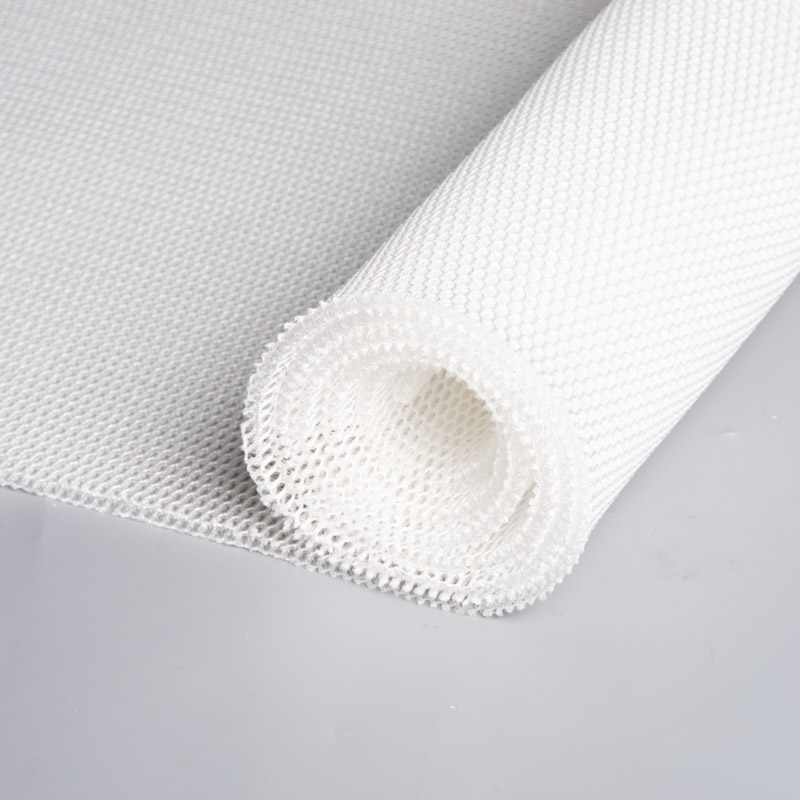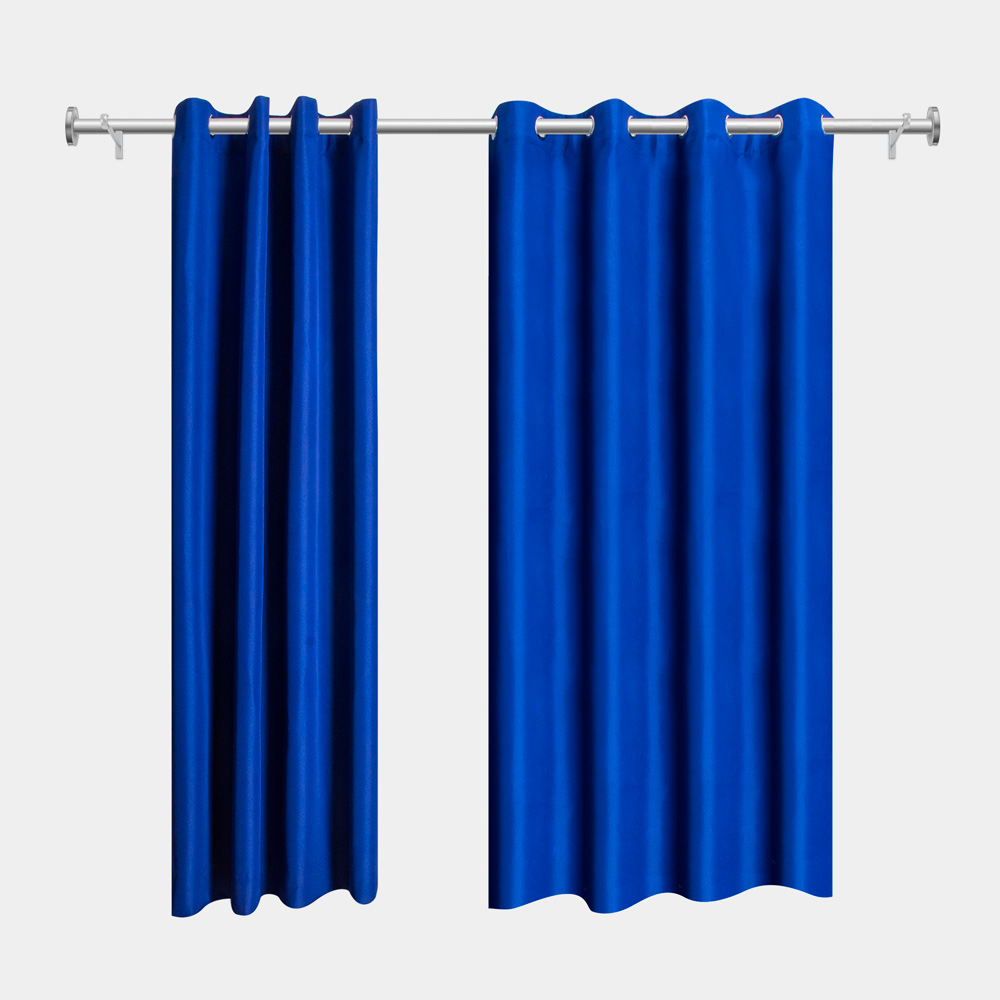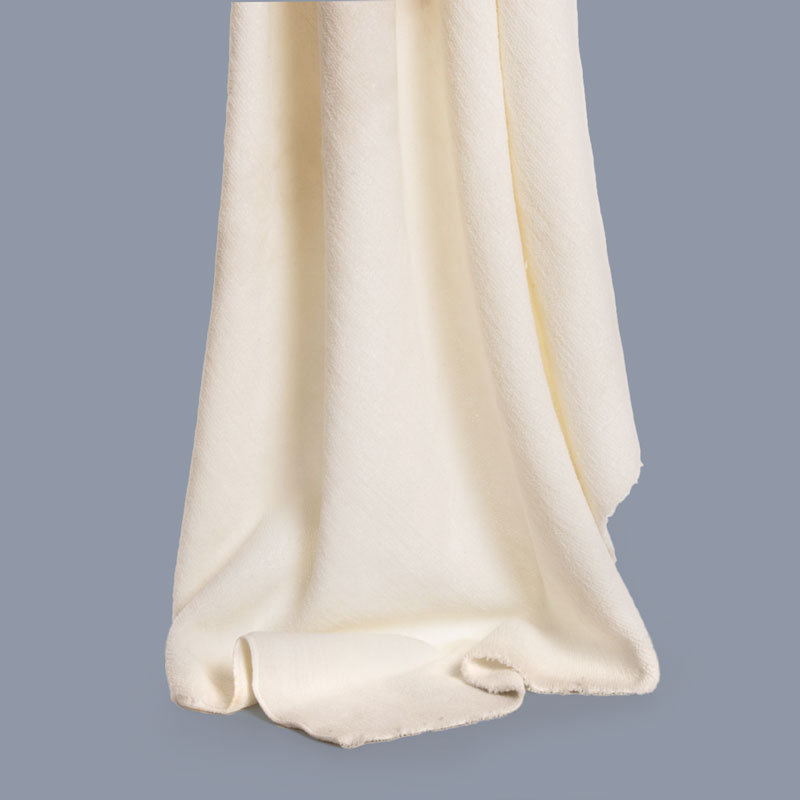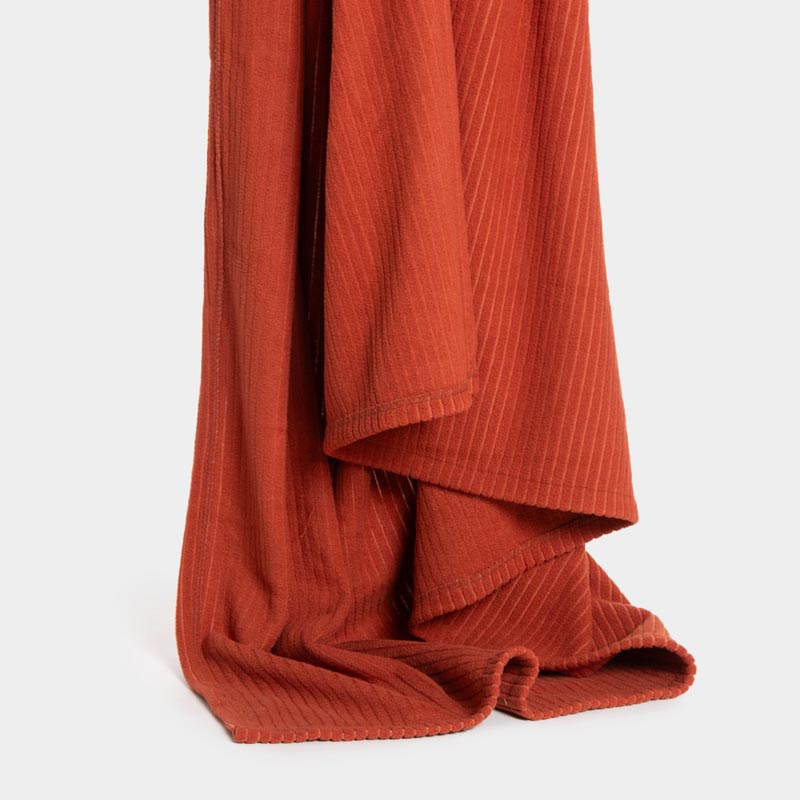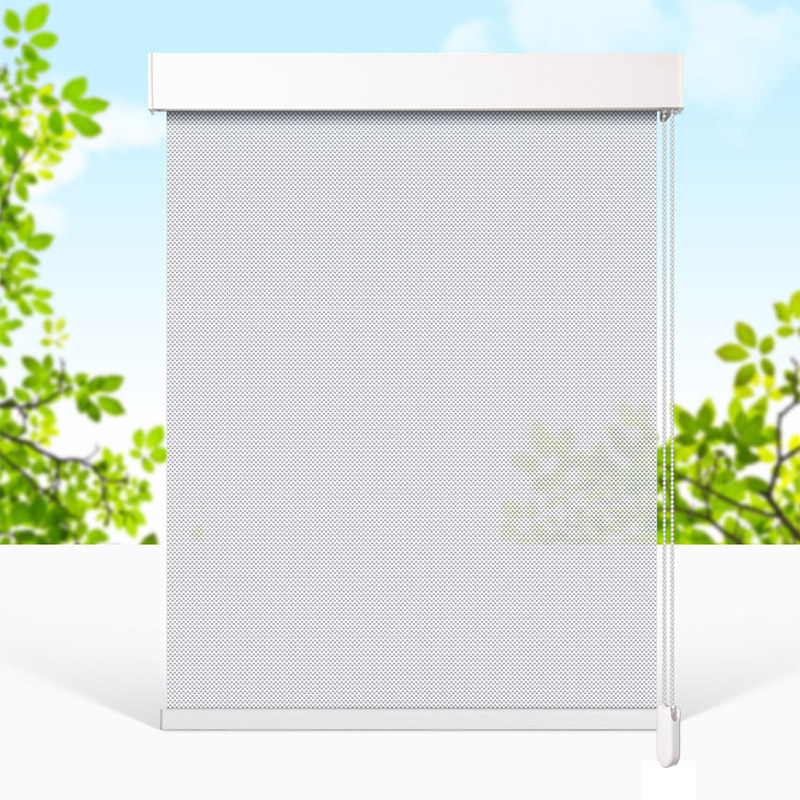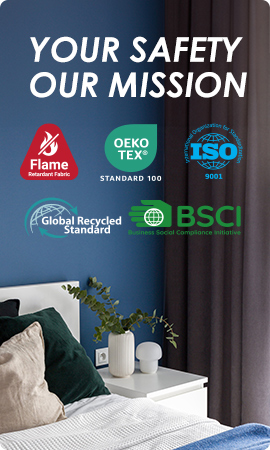Optimizing Safety: Fireproof Fabric for High-Visibility Workwear
Importance of Fireproof Fabrics in High-Visibility Workwear
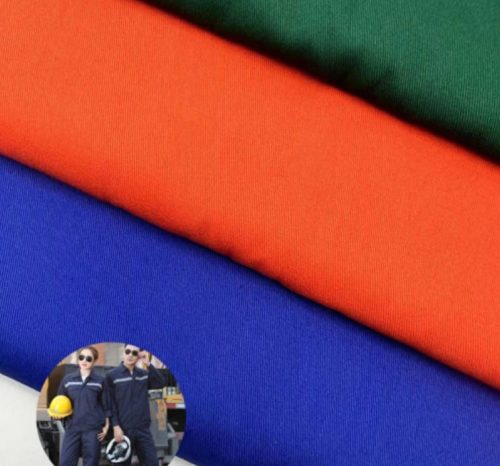
Overview of Fireproof Fabrics
Fireproof fabric is a must material that has engineered to stop the flames and combustion. These FR fibers are incorporated into durable fabrics engineered for life-of-the-fabric flame retardant performance. Meanwhile, fireproof materials create vital fire boundaries that are so desirable in sectors where danger is at the doorstep of everyday life; unlike general purpose fabrics, which may be ignited effortlessly. Industries like construction, oil and gas, and manufacturing are proactively beginning to incorporate fireproof fabrics into their workwear as part of a safety-first mentality.
Necessity of Fireproof High-Visibility Clothing in Hazardous Work Environments
The demand for fireproof high-vis clothing is common in dangerous work environments. This type of clothing provides both the thermal hazard protection and a way to quickly identify workers. The bright additions (high visibility workwear still) will help anyone to get seen and avoid any accident in the busy environment even if conditions are getting dark. On top of that, besides the increased visibility, fireproof fabrics make sure workers are secure from any other safety hazard on jobs with a possibility of both flame and low-light. Various mandatory safety requirements often relate to all of these protective high-vis fireproof clothing, however, a big difference in creating a more secure workspace is the presence of reflective flames.
Benefits of Fireproof Fabrics in Enhancing Worker Safety and Visibility
Protection Against Flames and Heat
The biggest advantage of using fireproof fabrics in workwear is their capability to offer a significant degree of safety from flames and warmth. Inherent Flame Retardant (IFR) materials use a type of fiber that will always be flame-resistant and will not lose their FR properties after washing. In careers that involve open flames, intense heat, or welding operations, this as a permanent fire resistance can be vital. Modern synthetic materials such as polyester and nylon, with added flame-retardant chemicals for strength and performance One of its kind of fabric with better heat protection which reduces the risk associated with exposure to high temperature and burns.
Enhanced Visibility for Preventing Accidents
In the fire, long distance visibility is also very important offers protection against accidents. The existence of fluorescent colors and reflective strips on workwear make employees more visible no matter the condition, daylight or artificial light. With enhanced visibility, research shows that the chance of collisions or incidents in industrial spaces significantly decreases. When a need for emergency action arises, such visibility is critical: visibly identifiable personnel can be better controlled in the most pressing of situations, which include both rapid responsive results and subsequent safety measures. This holistic approach functions where visibility meets fireproofing design and protects workers from several threats at once.
Choosing the Right Fireproof Fabric for Maximum Safety and Comfort
Factors to Consider When Selecting a Fabric
Choosing the right fireproof fabric is essential to enhance the degree of safety and comfort in first-rate green light workwear. The first is the fire resistance rating of the fabric, which tells you about how well it will self-extinguish and for how long it can handle being around flames. Secondly, you can see how breathable the materials are and even if they wick moisture. Any clothing that increases air flow and moves moisture away from the skin is ideal to keeping comfortable in challenging work environments with potential thermal exposures. Finally, longevity of the fabric – it needs to keep its flame-resistant properties after repeated wash and drying cycles. Search for designations like Inherent Flame Retardant (IFR) or Durable Flame Retardant (DFR); these labels suggest a longer track record in terms of safety and consistency.
Of course, the most important thing is to meet specific fire prevention standards, which not only proves the effectiveness of material fire prevention, but also allows wearers to feel more at ease.
ASTM F1506: When used in electrical and welding work scenarios, the ASTM F1506 standard ensures that clothing materials do not melt or drip when in contact with arcs and flames, and can quickly extinguish when in contact with flames.
NFPA 2112: In the oil and gas industry, protective clothing needs to provide effective protection against brief exposure to high-temperature flames, and it is essential to comply with NFPA 2112.
NFPA 130: In public transportation environments such as railways and cruise ships, NFPA 130 standard clothing materials ensure the safety of passengers and staff,
Recommended High-Performance Options
Several high-performance fireproof fabrics are suited for high-visibility workwear, each offering unique advantages. Inherently flame-retardant polyester is widely preferred due to its long-lasting fire resistance and comfort, making it suitable for industries requiring frequent laundering. Additionally, cotton blends treated with flame-retardant finishes can combine softness with fire resistance, catering to those who prioritize comfort in their workwear. Lastly, consider multi-layer fabric systems that integrate fireproof insulation with high-visibility outer layers, combining safety, comfort, and visibility in one solution.
Best Practices for Layering High-Visibility, Flame-Resistant Clothing
Strategies for Optimal Layering in Various Weather Conditions
Layering is a great way to make sure you always stay insulated while being comfortable enough in weather that can be inconsistent. The base function layer is crucial; it must be moisture-wicking and close to the skin, aiding in moving perspiration away from the body and avoiding cooling when conditions turn cooler. A suggested fabric for this layer could be a type of treated cotton that is designed to feel good on the skin and help with moisture management as well. The middle layer is intended to be insulating; fabrics like fleece or other thermal materials can provide the necessary warmth without significant extra bulk. For up north, an insulated fireproof jacket helps shield from both the elements and flames.
Finally, the outer layer must integrate both flame resistance and high visibility. Consider fireproof materials with fluorescent properties that reflect light, ensuring the wearer’s visibility remains uncompromised while providing essential heat and flame protection. It’s essential to ensure all layers are compatible in terms of moisture control and breath ability, forming a cohesive protective barrier. By employing effective layering strategies, workers can maintain safety without sacrificing comfort, thus enhancing overall efficiency and productivity on the job site.
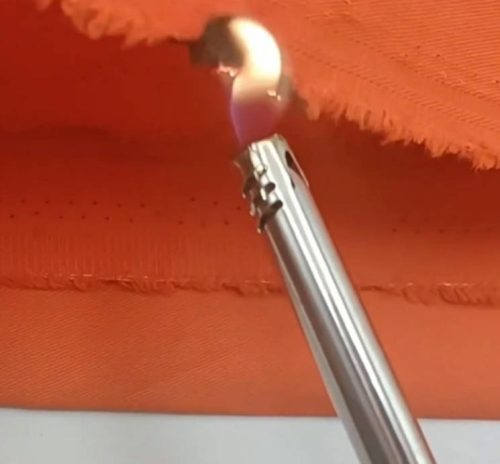
Overview of BEGOODTEX Company‘s Contribution to Safety Workwear
BEGOODTEX‘s Innovations in Fireproof Fabrics
BEGOODTEX has established itself as a pioneer in the development of fireproof fabrics tailored for high-visibility workwear. The company has focused on integrating innovative technology with robust material science to enhance fire safety standards. Their proprietary fireproof fabric ranges are produced using advanced manufacturing processes that ensure durability and long-lasting performance.
The Inherent Flame Retardant (IFR) fabric developed by BEGOODTEX is designed to maintain its protective attributes for the fabric’s entire lifecycle. This characteristic stems from utilizing fibers that cannot combust, thereby ensuring that the workwear remains effective under various conditions. Additionally, IFR + Fluorescent fabrics provided by BEGOODTEX has significantly improved safety outcomes for workers in high-risk industries. The commitment to continuous research and innovative solutions puts BEGOODTEX at the forefront of enhancing safety workwear.
Success from BEGOODTEX‘s High-Vis, Flame-Resistant Collections
Numerous success stories highlight the impact of BEGOODTEX’s high-visibility, flame-resistant collections in real-world applications. One notable instance is Yellow Hi-vis Fluorescent Fabric, which is produced as customized workwear. In conclusion, BEGOODTEX enabled the company to enhance worker safety, ensuring that employees were easily identifiable even in poorly lit situations while providing protection from fire hazards.
Another success story comes from a construction firm that implemented BEGOODTEX’s fireproof high-visibility workwear during a large-scale project. The implementation reduced incidence rates of accidents related to visibility, especially during twilight hours. Feedback from the field indicated not only improved worker morale due to enhanced safety but also increased awareness among site supervisors regarding the importance of investing in quality safety gear. As a result, the construction firm reported fewer workplace injuries and maintained compliance with safety regulations.
In various industries, BEGOODTEX’s commitment to providing innovative fireproof fabric solutions continues to yield positive results. Companies across construction, manufacturing, and emergency response sectors have experienced improved safety performance due to the integration of BEGOODTEX’s garment technology. The effectiveness of such products reinforces the importance of incorporating both fireproof materials and high-visibility features in workwear as a combined strategy to prevent accidents and enhance occupational safety standards.

